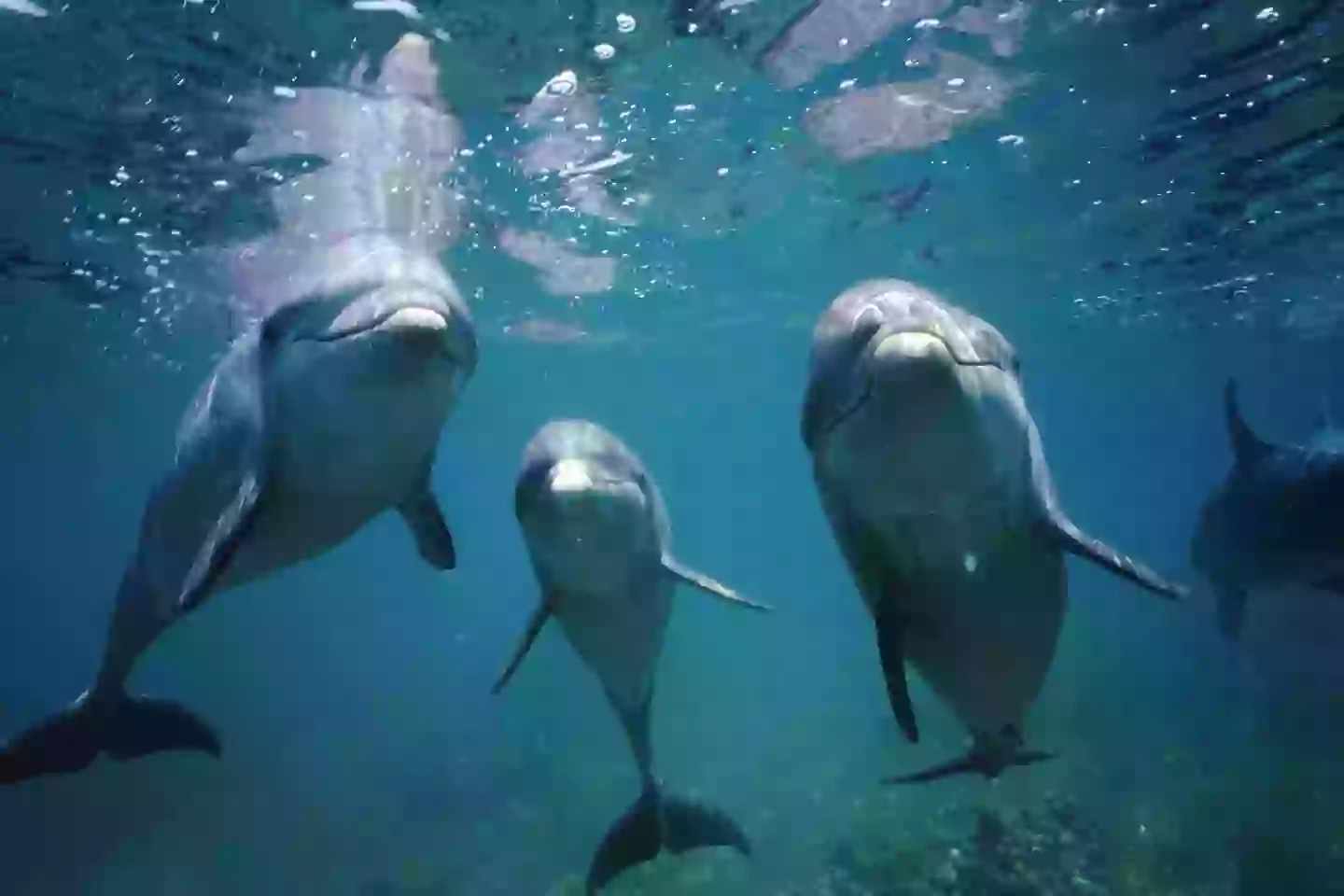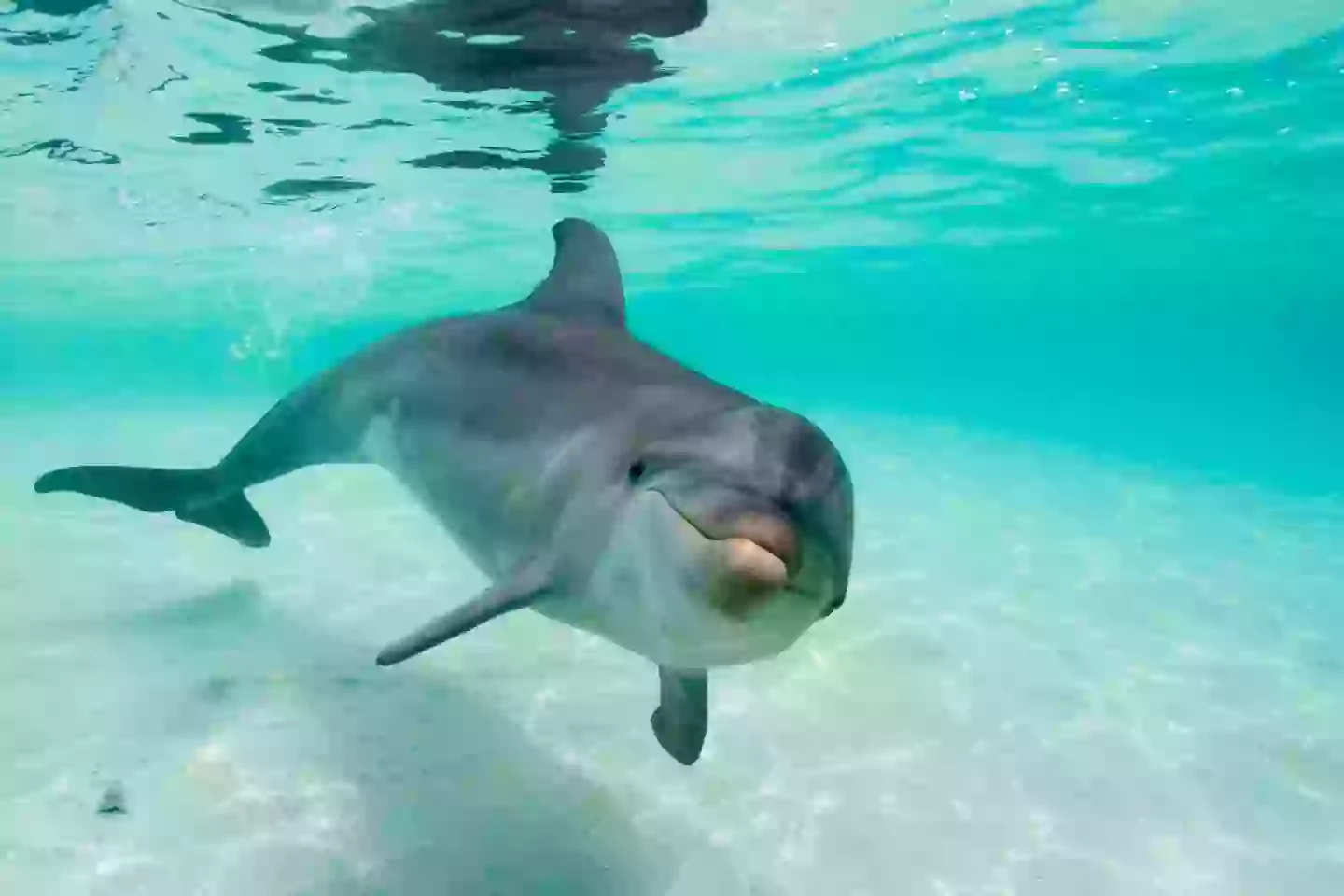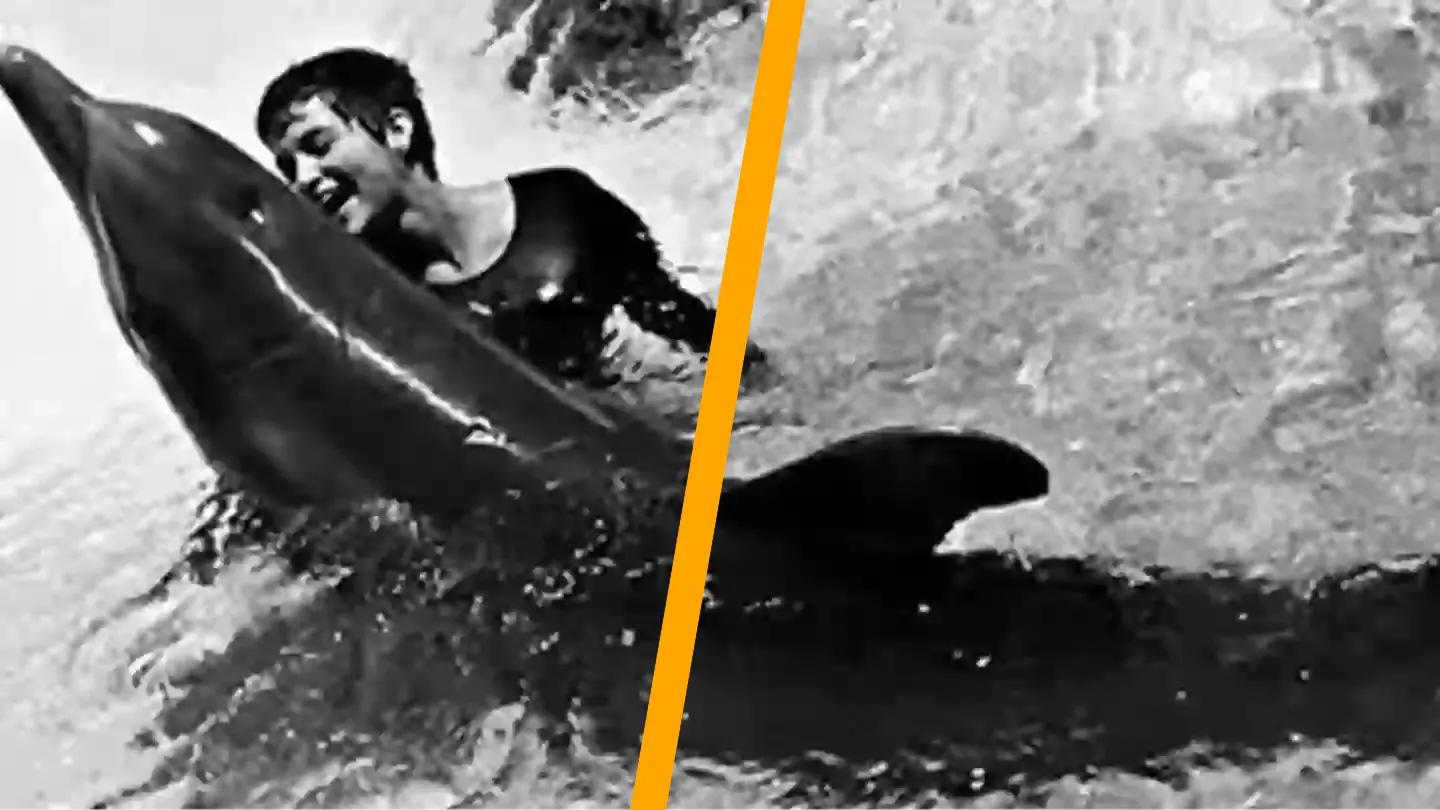NASA provides funding for a wide array of projects globally, but they likely did not foresee the complications that arose from this particular experiment.
During the 1960s, Margaret Howe Lovatt from St Thomas, U.S. Virgin Islands, played a significant role in an unusual yet entirely legitimate experiment involving dolphins.
In her early twenties, Lovatt relocated to the island upon learning about a lab filled with dolphins, eager to participate in their research.
Although she lacked formal scientific training and considered herself a naturalist, she managed to impress the laboratory director, Gregory Bateson, who invited her back after she visited the lab spontaneously.
While working at the lab, she met neuroscientist John Lilly, who was setting up a research facility funded by NASA and the U.S. Navy, aimed at understanding communication with extraterrestrial life forms.
As a preliminary step in this venture, Lilly constructed a habitat for dolphins, known as the ‘Dolphinarium,’ that was partially submerged in water.

Within the Dolphinarium, Lilly housed three dolphins: two females named Sissy and Pamela, and a younger male bottlenose dolphin named Peter.
However, this is where the story takes an unexpected turn…
Lovatt was earnest in her efforts to teach Peter to communicate, noting his and the other dolphins’ capacity to mimic human sounds.
Hoping that constant exposure to English would improve Peter’s mimicry, she decided to live in the Dolphinarium to facilitate this learning process, akin to a child learning to speak.
Yet, the experiment took an unexpected course due to Peter’s ‘sexual urges’ as he matured, which initially required that Peter spend time apart from Lovatt to interact with the female dolphins.
Eventually, Lovatt grew weary of these interruptions and opted to address Peter’s needs manually.
Explaining this peculiar turn, Lovatt said: “Peter liked to be with me.
“He would rub himself on my knee, or my foot, or my hand. And at first I would put him downstairs with the girls.”
Describing her approach, she said: “I wasn’t uncomfortable with it, as long as it wasn’t rough. It would just become part of what was going on, like an itch – just get rid of it, scratch it and move on. And that’s how it seemed to work out. It wasn’t private. People could observe it.

The magazine Hustler eventually highlighted the personal dynamics between Lovatt and Peter, sensationalizing the situation.
The article’s publication overshadowed the experiment and cast a negative light on the research.
As a result, funding for Lilly’s Dolphinarium was withdrawn, largely due to the negative publicity and the unmet goals of the communication experiments.
Lovatt defended her connection with Peter and sought to clarify her research efforts to mitigate the controversy, as documented in the BBC film The Girl Who Talked to Dolphins.

